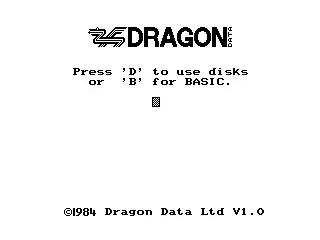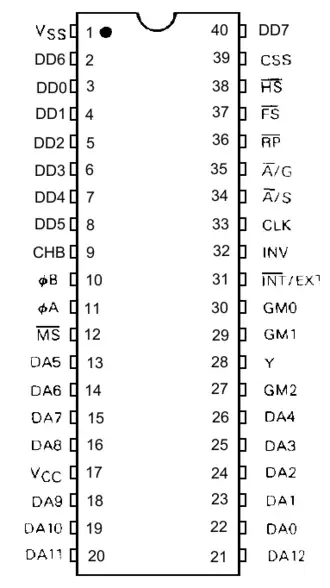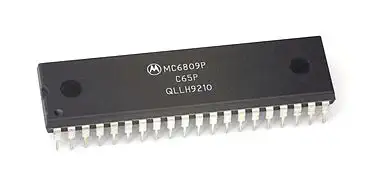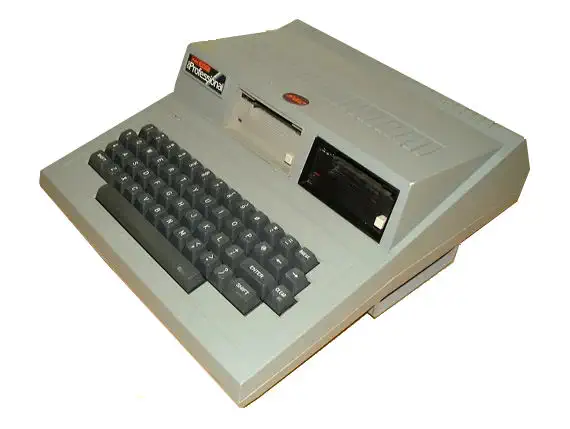The Dragon Professional
The Dragon Professional or Project Alpha is an upgraded Dragon 64. The Professional has a built-in modem, multi-channel AY sound chip and disk interface with two 3.5" drives. A new boot ROM with graphical screen for booting to ROM based basic, which was called the Dragon 32 Mode, or boot into OS-9.
This machine never left the prototype stage, and a number of early prototypes had a hand made case in a darker color. Some pre-production prototypes have only the top of the case slightly darker than the Dragon 64.
A new version of OS-9 was developed to interface with the new hardware and the modified disk drive interface. The Dragon Dos boot disk (Dragon Dos 2.F) provided compatibility with the Dragon 32 + Dragon Dos interface and the machine was capable of running a large amount of dragon disk software. Booting straight to basic mirrored the original Dragon 32 and most tape software would load and execute without issue. The machine also has an updated monitor port, which in addition to the Dragon 64 composite video also has RGB output
The Dragon Professional Boot Screen

Motorola MC6847 Video Display Generator
The MC6847 is a video display generator (VDG) first introduced by Motorola and used in the following machines (this is not a full list):
- TRS-80 Color Computer
- Dragon 32/64
- Laser 200
- TRS-80 MC-10/Matra Alice
- NEC PC-6000 series
- Acorn Atom
- APF Imagination Machine
The VDG is a relatively simple display generator compared to other display chips of the time. It is capable of displaying alphanumeric text, semigraphics and raster graphics contained within a roughly square display matrix 256 pixels wide by 192 lines high.
The ROM includes a 5 x 7 pixel font, compatible with 6-bit ASCII. Effects such as inverse video or colored text (green on dark green; orange on dark orange) are possible.
The MC6847 is capable of displaying nine colors:
- black
- green
- yellow
- blue
- red
- buff (almost-but-not-quite white)
- cyan
- magenta
- and orange

Motorola 6809 CPU
The Motorola 6809 is an 8-bit microprocessor with some 16-bit features. It was designed by Motorola's Terry Ritter and Joel Boney and introduced in 1978. Although source compatible with the earlier Motorola 6800, the 6809 offered significant improvements over it and 8-bit contemporaries like the MOS Technology 6502, including a hardware multiplication instruction, 16-bit arithmetic, system and user stack registers allowing re-entrant code, improved interrupts, position-independent code and an orthogonal instruction set architecture with a comprehensive set of addressing modes.


ROM: 16kB Sound Chip none Sound 1-bit sound Display Chip MC6847 Video Display Generator Display 64x192 semi-graphics 4 color
256x192 Mono graphics Best Text 32x22 Best Color 8 colors Best Graphics 256x192 in 2 colors Sprites none System OS OS-9
Microsoft Extended BASIC Storage Two built in 3.5" disk drives
external tape (in Dragon 32 Mode)
The MC6847 is a Video Display Generator (VDG) first introduced by Motorola in 1978


